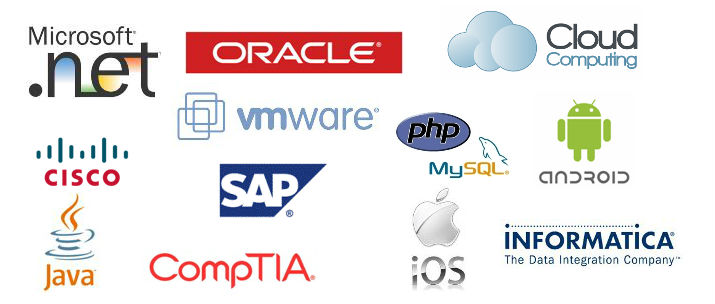oracle certification Training Support
Enquiry : +91 96722 34514
Enquiry : +91 96722 34514
Oracle Certification training Pondicherry Reviews
Rating:

Rating:

Rating:

Rating:

Rating:

Rating:

Oracle Certification Training in our Branches
- Oracle 11g certification Training in Cochin
- Oracle 11g certification Training in Mysore
- Oracle 11g certification Training in Visakhapatnam
- Oracle 11g certification Training in Vijayawada
- Oracle 11g certification Training in Calicut
- Oracle 11g certification Training in Trivandrum
- Oracle 11g certification Training in Madurai
- Oracle 11g certification Training in Salem
- Oracle 11g certification Training in Trichy

Oracle Certification Training in Pondicherry & Best Oracle 11g certification Training Institute in Pondicherry
 4.0
out of 5
based on 3694 student ratings.
4.0
out of 5
based on 3694 student ratings.
iClass Pondicherry provides real-time and placement focused oracle certification training in Pondicherry . Our oracle 11g certification course includes basic to advanced level and our oracle certification course is designed to get the placement in good MNC companies in Pondicherry as quickly as once you complete the Oracle certification training course. Our oracle certification trainers are oracle 11g certification certified experts and 9 years experienced working professionals with hands on real time multiple Oracle implementation projects knowledge. We have designed our oracle certification course content and syllabus based on students requirement to achieve everyone's career goal.
iClass Pondicherry offers oracle certification training in Pondicherry with choice of multiple training locations across Pondicherry. Our oracle 11g certification training centers are equipped with lab facilities and excellent infrastructure. We have the best Oracle Certification training centers in Pondicherry also provide oracle 10g/11g/12c OCA OCP certification training path for our students in Pondicherry. Through our associated oracle certification training centers, we have trained more than 3747













